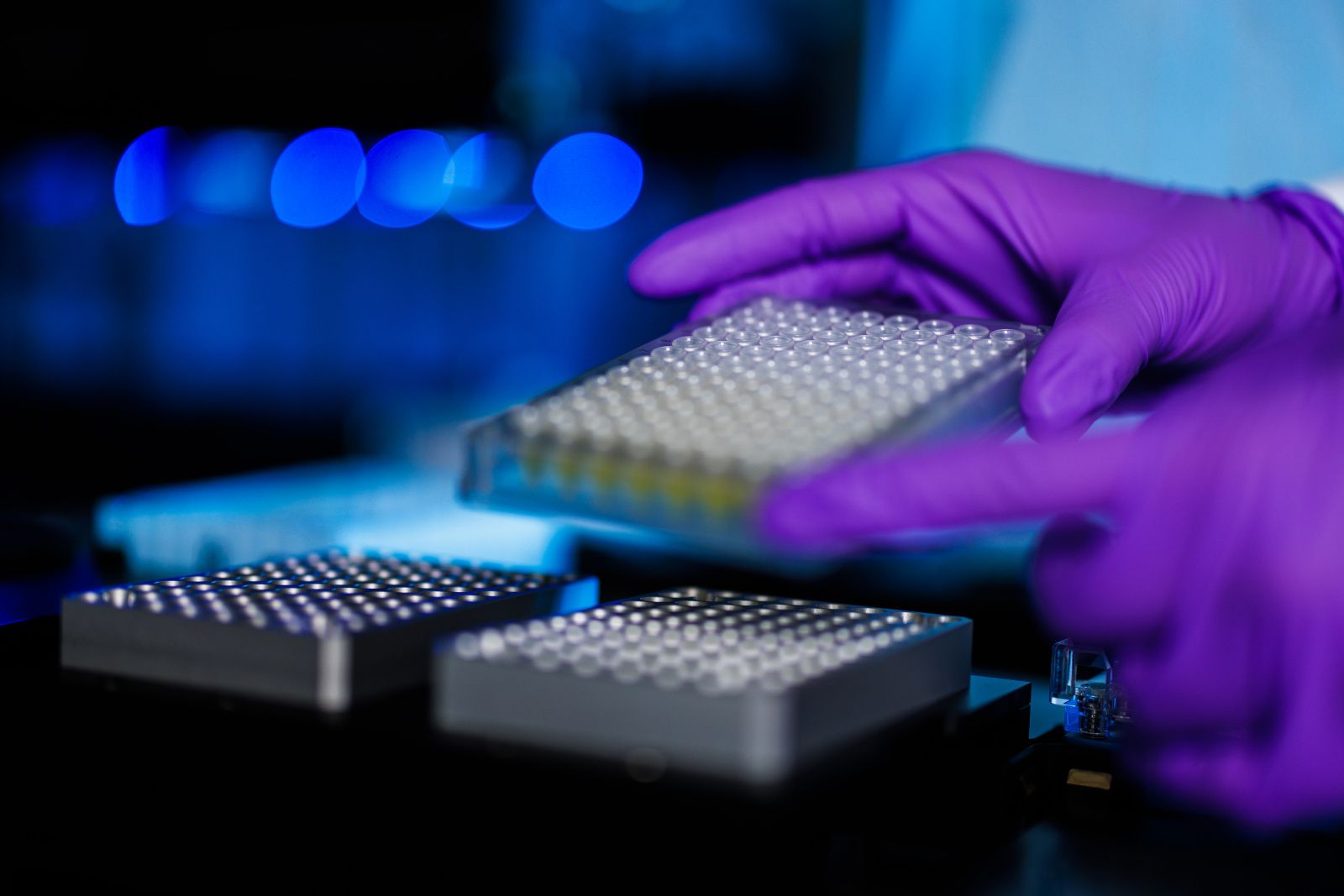The spread of resistance can render HIV agents useless. Researchers from the USZ, the University of Bern and the University of KwaZulu-Natal have investigated how common resistance to the most important active ingredient is and what can lead to the development of resistance.
Dolutegravir (DTG) is one of the most commonly used agents worldwide to stop the replication of HIV viruses in HIV patients. It is effective, well tolerated and has a high threshold for the development of resistance. Therefore, WHO recommends DTG as a first-line drug for all populations since 2019. More than 20 million people infected with HIV – including pregnant women and children – use DTG.
No information on distribution and risk so far
It is known that individuals can develop resistance to the active ingredient DTG. However, widespread resistance to the drug would have devastating consequences for the care of people with HIV, especially in areas of the world with few health care resources. However, a systematic survey and meaningful information on the extent of the development of resistance to DTG have been lacking up to now because the number of cases investigated in the available studies was too small or did not represent a representative group. A research team led by epidemiologists Tom Loosli and Roger Kouyos from the Quantitative Infectiology Research Group in the Clinic for Infectious Diseases and Hospital Hygiene at the USZ, epidemiologist Matthias Egger (University of Bern) and infectiologist Richard Lessels (University of KwaZulu-Natal) has now investigated how widespread DTG resistance is and what risk factors exist for its spread. The study was published in Lancet HIV.
First systematic study with data from eight countries
To do this, the team evaluated data from eight cohorts from Canada, South Africa, and six European countries (NL, F, D, UK, I, CH) on 599 individuals who received DTG-based therapy between 2013 and 2022 and for whom genotypic information on their virus was available. Data from Switzerland were provided by the Swiss HIV Cohort Study, which has been ongoing since 1988. The evaluation considered, among other things, which HIV subtypes and mutations were present, whether resistance to other HIV drugs was already present, whether DTG was administered as a combination drug or as the sole active ingredient, and the duration of the medication.
Figures at last on incidence and risk factors
Of the 599 individuals, 563 (94 percent) had no DTG resistance, 36 individuals had varying degrees of DTG resistance, and 6 individuals had high degrees of DTG resistance. In the study, the most important risk factors for DTG resistance were the use of DTG as a single agent (monotherapy) and as dual therapy in combination with the active agent lamivudine, as well as existing resistance to nucleoside reverse transcriptase inhibitors (NRTIs), which are commonly used in combination with DTG.
DTG resistance is still rare, but monitoring is needed
“The occurrence of 6 percent DTG resistance is encouragingly low, but also not negligible,” Tom Loosli, lead author of the study, said of the results. “This is because the global introduction of DTG could significantly increase the incidence of resistance to the drug, especially if resistant viruses are transmitted.”
Crucial is the global monitoring
In countries with well-developed health care systems for HIV patients, drug resistance is quickly detected because viral load is routinely determined and treatment failure, i.e. the ineffectiveness of drugs, is thus quickly detected. In addition, tests are carried out before the start of therapy to determine whether resistance is present. Therapy can then be adjusted at an early stage and the spread of resistance interrupted. In countries with fewer resources, the relatively expensive resistance tests are usually rarely performed, or are only performed when several drug therapies have had no effect on a patient and there is already a high probability that one or even several resistances exist. For individual patients, this means a delay in their treatment, and for society, an increased risk of the spread of resistance. For example, earlier therapies with other active ingredients had to be discontinued because resistance to them had spread too far. “It is therefore crucial to expand global monitoring of resistance development along with the widespread use of DTG in order to take timely action and not lose the active ingredient,” concludes Tom Loosli. “As our study showed, the risk for DTG resistance is significantly increased in people with HIV who experience treatment failure and NRTI resistance or who receive dual therapy with DTG+3TC. Patients with this risk profile should be monitored particularly closely.
